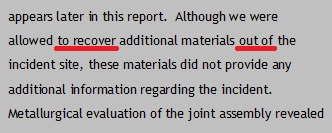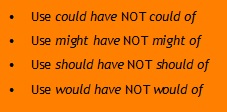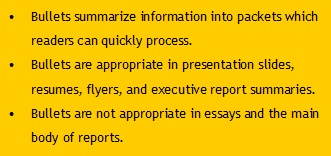
The verb to recover already denotes the sense of taking something out of something else, so to construct an idiom using to recover and out of is at least somewhat redundant. And while redundancies in selected engineering systems may be desirable, very often in the best writing they are not.
From makes a better choice when constructing an idiom using to recover. From complements the denotation of to recover rather than repeats it. Thus, the writer should rewrite the example sentence as follows:
2014 has been a great year for words by kurt. More tips will appear in 2015. Until then, words by kurt is on vacation, celebrating the achievements of this year and preparing for even more achievements in the next. Happy holidays to all, and see you in 2015!









 RSS Feed
RSS Feed